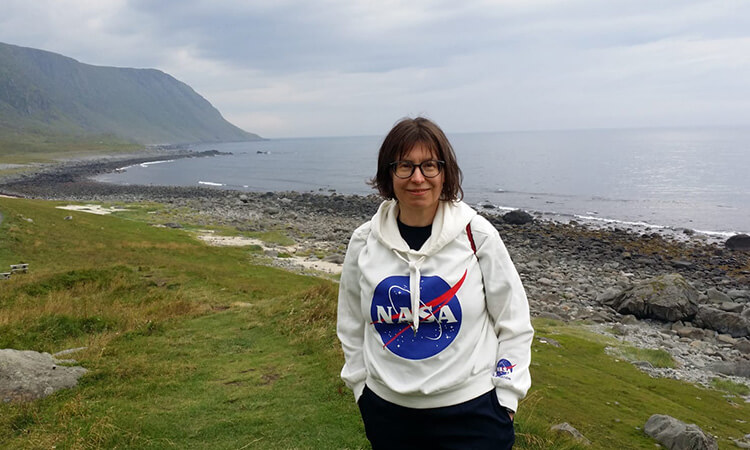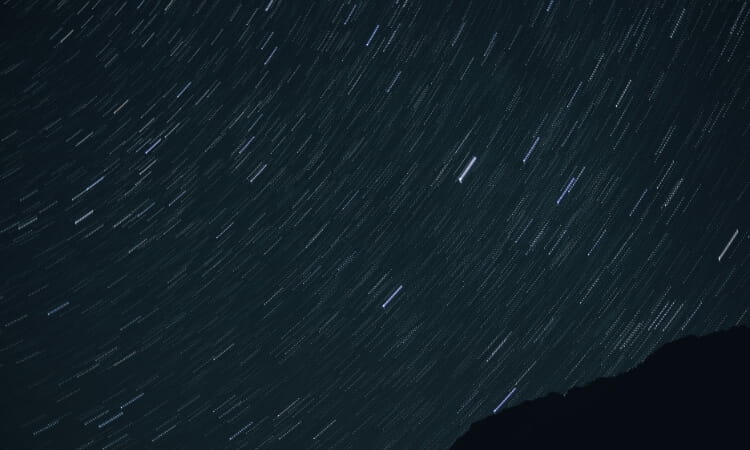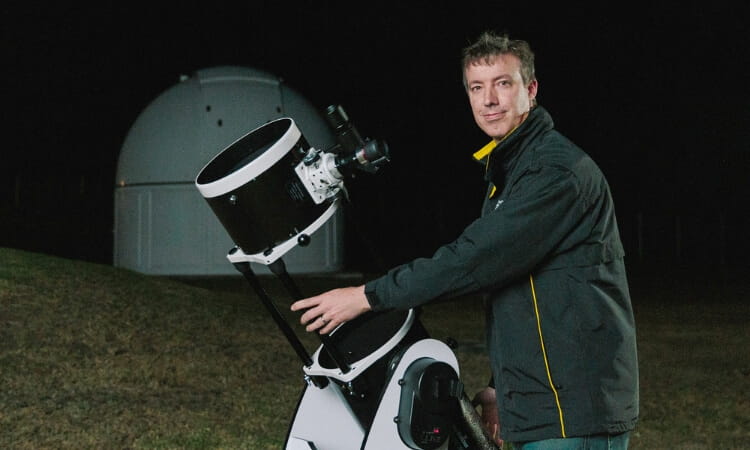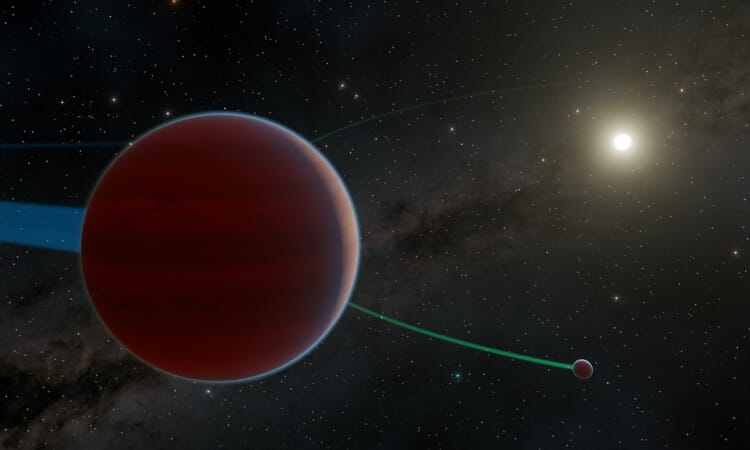Researchers have ruled out another opposing theory in the investigation into water on Mars.
In 2020, the team – including University of Southern Queensland‘s Professor Graziella Caprarelli – announced the discovery a patchwork of likely salty lakes below the surface of the Martian south polar cap.
Their latest paper, recently published in Solar System studies journal Icarus, details how CO2 (opposed to H2O) ice cannot be responsible for the evidence found so far.
It’s the second article in a series of papers to answer questions about how liquid water can exist at the base of the south polar deposits on Mars, as well as address alternative explanations.
“Several interpretations explaining the basal reflections have been proposed since bright radar reflections were detected in a region of Mars known as Ultimi Scopuli,” Professor Caprarelli said.
“Just like our work published earlier this year in Earth and Planetary Science Letters – where we demonstrated that clays are not an alternative to water to explain the bright signals from the MARSIS radar – this latest paper demonstrates through simulations that layers of dry ice (CO2 ice) cannot produce the radar signals observed.”
“Both these papers reinforce and further corroborate our earlier interpretation (published in Science in 2018, and in Nature Astronomy in 2021), that liquid water exists on the Red Planet.”
In addition to the University of Southern Queensland, the research team included Italian intuitions Istituto Nazionale di Astrofisica Istituto di Radioastronomia, Università degli Studi Roma Tre Dipartimento di Matematica e Fisic, Centro Euro-Mediterraneo sui Cambiamenti Climatici Ocean Predictions and Applications Division, Università del Salento Dipartimento di Matematica e Fisica, Istituto Nazionale Fisica Nucleare, and Istituto per il Rilevamento Elettromagnetico dell'Ambiente Consiglio Nazionale delle Ricerche.
Read ‘Numerical simulations of radar echoes rule out basal CO2 ice deposits at Ultimi Scopuli, Mars’.
Learn about the University of Southern Queensland’s Centre for Astrophysics.



